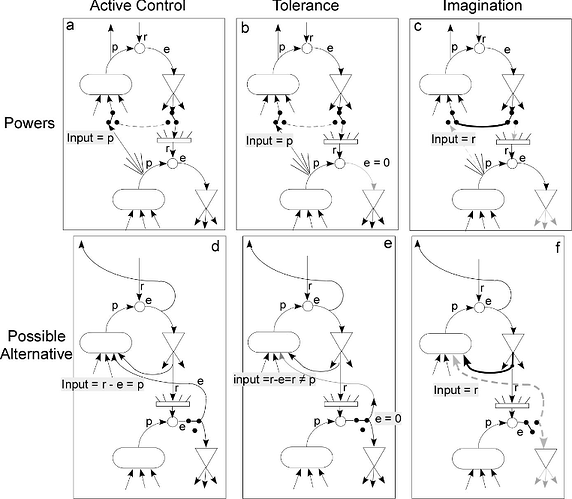I’ve had a word with these Slate Star people…
http://slatestarcodex.com/2017/09/12/toward-a-predictive-theory-of-depression/#comment-547161
Here below…
Hi everyone, I really believe that this thread is based on two false premises. First that understanding depression is the way to help people recover from mental health problems. Depression is just one of many manifestations of chronic distress. We need to understand the principles of what underlies all of these because the categorisation of psychological distress into disorders is a red herring. All of the evidence now points to there being a core process underlying all mental health difficulties. Some of these studies are published in the highest impact psychiatry journals so it’s not just me saying it! Second we need to ask ourselves – what is more fundamental to wwell being? Predicting what will happen to you? Or controlling what will happen to you? Regardless of what you predict, if you can take control then your predictions are just that, and may not be reality, or you can make them your reality if you want to. This is control. So we need a unified theory of how control works. The fundamental mechanism of control – in all control systems – is negative feedback – not prediction. Un Under some circumstances prediction can improve control, but it needs updating as regularly as possible. That is negative feedback and it is the route to recovery and adaptation. Darwin and Wallace saw this a century ago by drawing analogy between the Watts Governor (negative feedback control system of a steam engine) and evolution by natural selection.
Perceptual Control Theory is the implementation of negative feedback in the nervous system, exploiting its capacity to extract regularities from the environment, organise them in a hierarchy and use actions to make current experience match memories of desired past environmental regularities. Conflict between control systems is the most pernicious reason of loss of control, and mental health problems persist when people are unwilling or unable to sustain their attention on the system governing the conflict long enough to allow spontaneous change to reduce error through reorganisation. Biases in prediction are observed to reduce during this process but this is largely epiphenomenal, and idiosyncratic to the person. The universal principle is to restore control through reorganisation of conflicted control systems.
We use Method of Levels as a universal therapy to help people manage this. See http://www.methodoflevels.com.au. We need to use mathematical/computational theories (of which PCT and PP and natural selection are examples) to push these pivotal changes rather than pondering within our familiar frames of reference…
